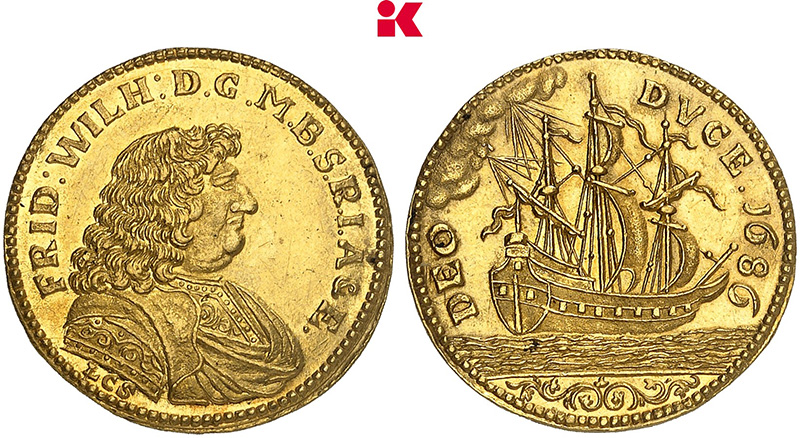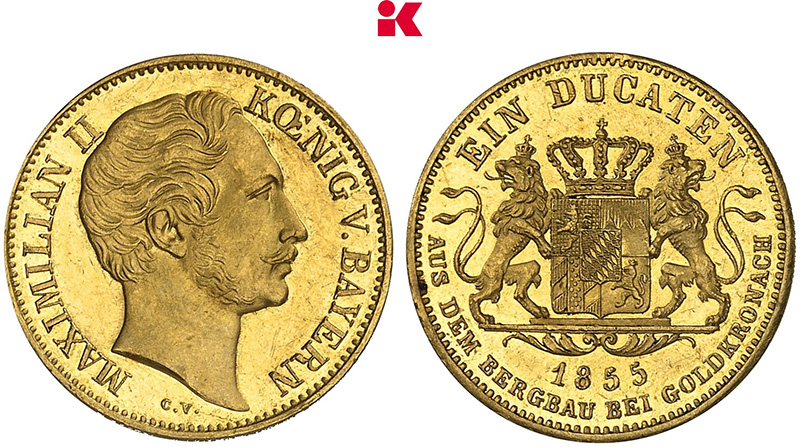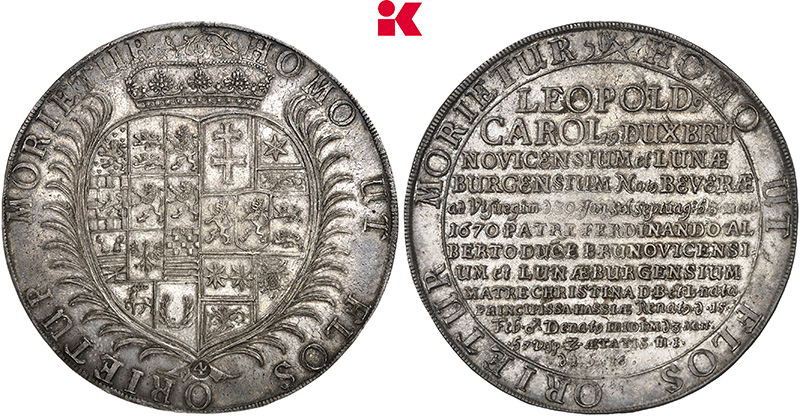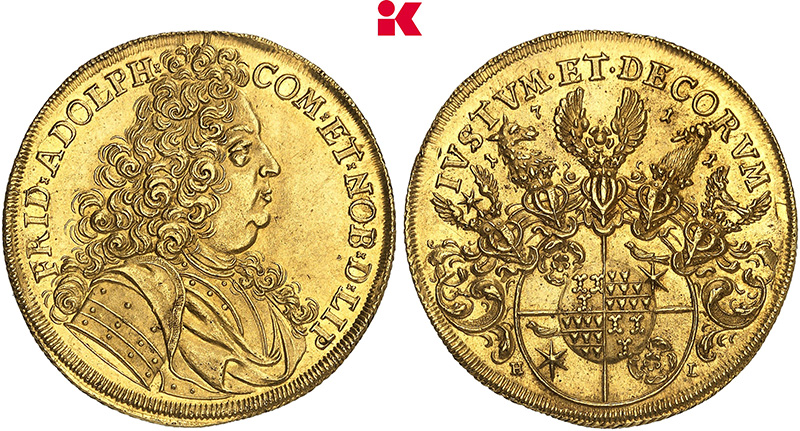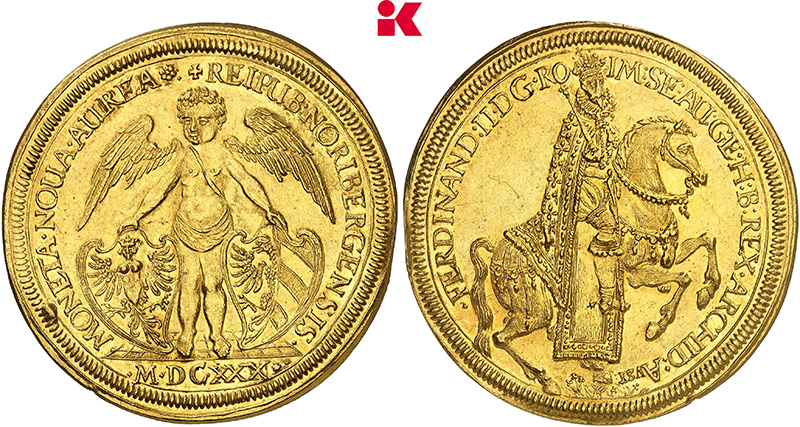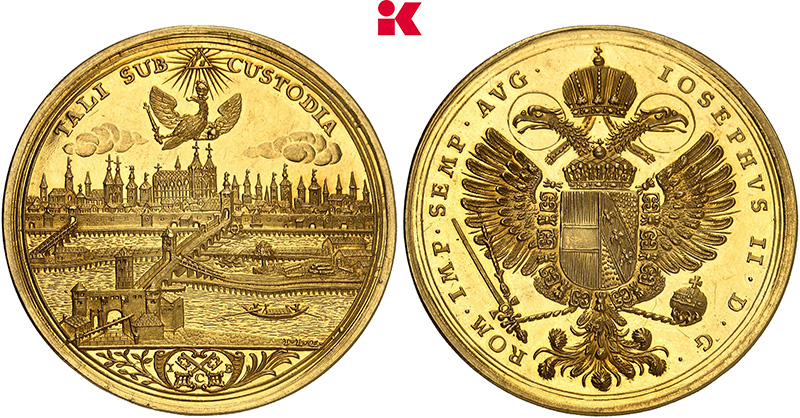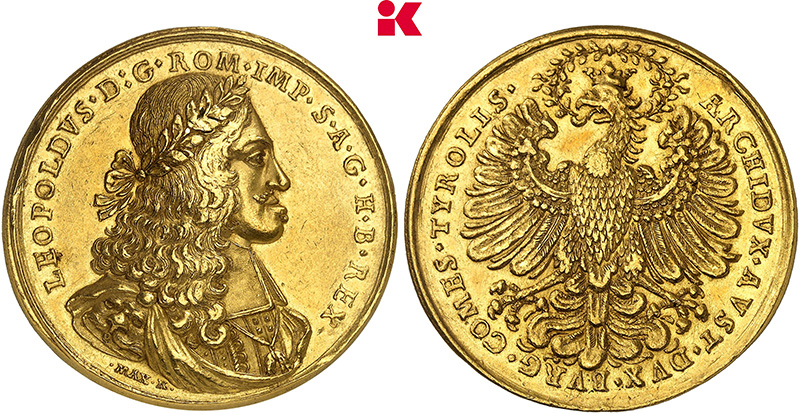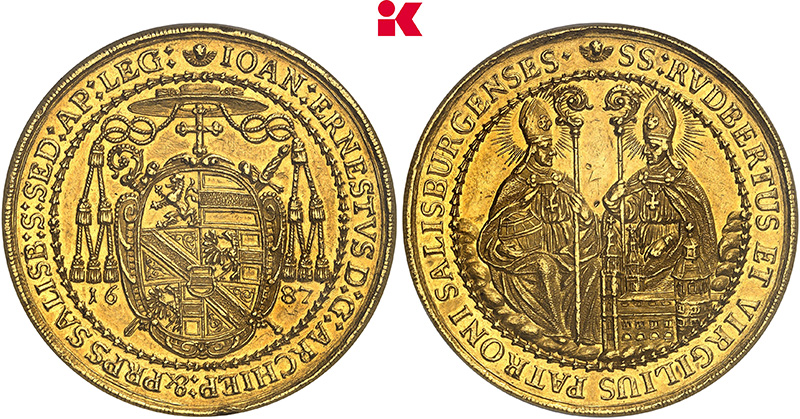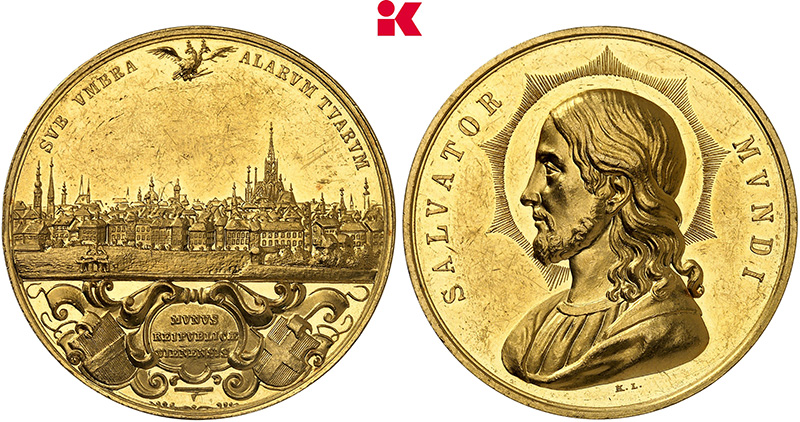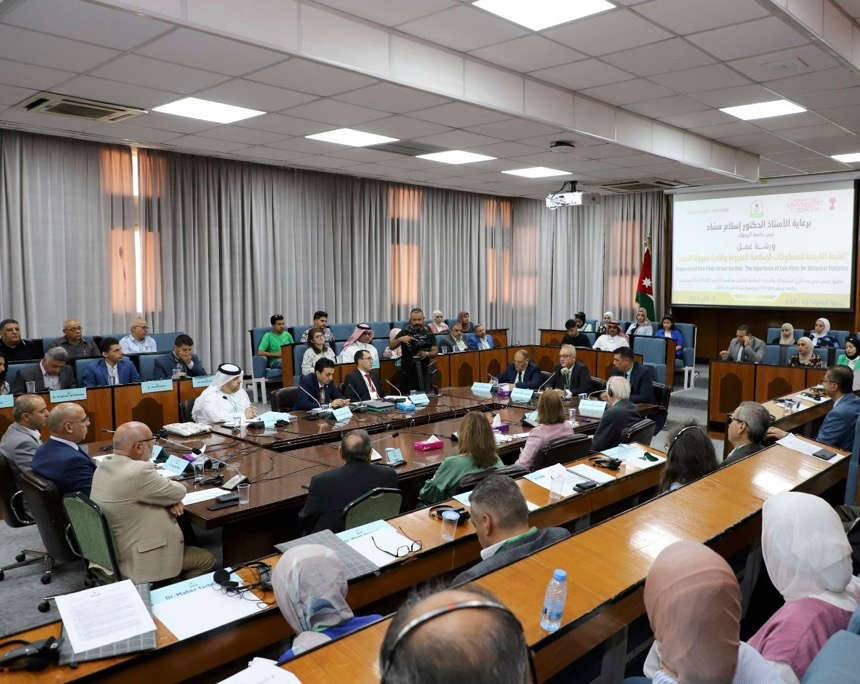Provenanced Coin Finds Versus Rarities – The Importance of Coin Finds for Historical Statistics
Lutz Ilisch and Alaa Aldin Al Chomari hold the Workshop: Provenanced Coin Finds Versus Rarities – The Importance of Coin Finds for Historical Statistics at Yarmouk University in Jordan from 7th to 9th August 2023. The event was the completion of a project funded by the Gerda Henkel Foundation. Many specialists in Islamic and pre-Islamic coins attended; they came from Germany, Switzerland, Egypt, Saudi Arabia, the United Arab Emirates, Iraq, Tunisia, Syria, Jordan and Lebanon.
This meeting intended to summarize the experience of a group of Syrian archeologists during the years 2020 – 2023 to recover surface finds of coins in the hands of children, funded by the Gerda Henkel Foundation. First of all the competence to attribute coins of any preservation was developed. The current project that the team has been working on since 2020 funded by the Gerda Henkel Foundation has been submitted until the end of 2023. The work is based on a previous project funded by the same foundation between 2017-2019 with the advice of Dr. Lutz Ilisch at the University of Tübingen. Now the team works practically to get accustomed to a database of Islamic coin types that could be discovered in Northern and Southern Syria helping to identify new finds.
The research team in Syria consists of 10 archaeologists from the Museums of Aleppo, Homs, Damascus, Deir az-Zour, Sweida, the University of Aleppo, and a group of students. The project works in initial cooperation with the FINT Center at the University of Tübingen, where the project manager is Alaa Aldin Al Chomari.
The work team in Syria visits schools and spreads archaeological awareness by presenting the mentioned database to children and providing information about the importance of these coins. This is based on the experience that children are frequently the finders of casual surface finds such as single copper coins, which are of no or little commercial value but as datable historical objects deserve to be esteemed as historical information that should not be neglected.
One objective is building relationships through children between the population and the archaeological authorities in Syria. Another objective is to encourages children to present the coins they can find during play to museums rather than trading them and not leave them exposed to blackmail by merchants for not knowing the value of these surface finds. We give them symbolic, immaterial gifts in return for this, such as candy or competitions.
The second objective of the project is to build up a team with sufficient knowledge in Islamic coins developing the ability of immediate recognition of the historical context of individual coin finds, independent from external support.
The Syrian museums also continue to receive periodically from the customs and the police large quantities of confiscations and treasures that they cannot assign, in addition to the treasures of unstudied coins in the storage.
The Aleppo Museum was provided with a library specialized in Islamic numismatics. So far, children periodically present many important individual coins in the four work areas. Although the more spectacular coin hoards are not in the focus of the project it may be worth mentioning that a treasure of Fatimid type Crusader dinars was presented in Damascus and an Ottoman treasure was presented in Aleppo.







